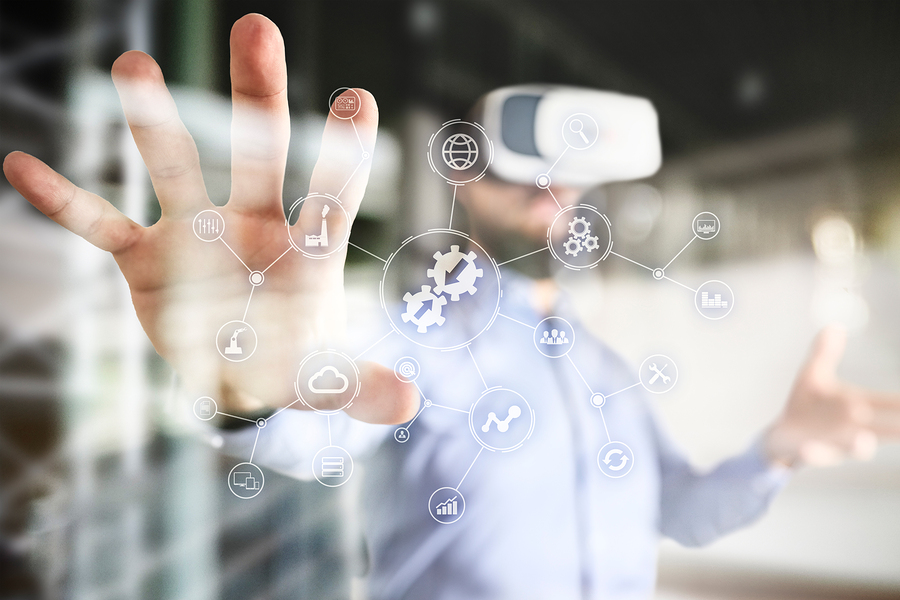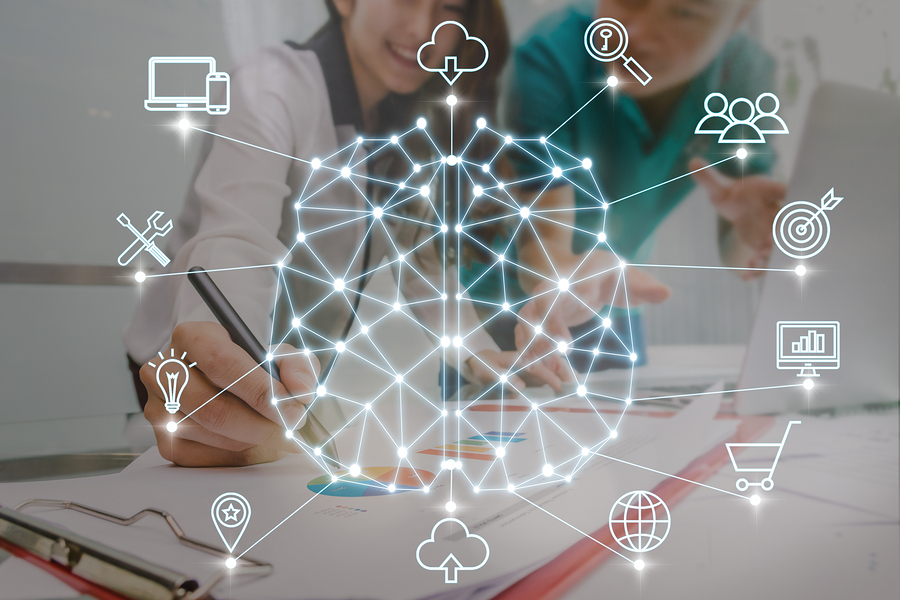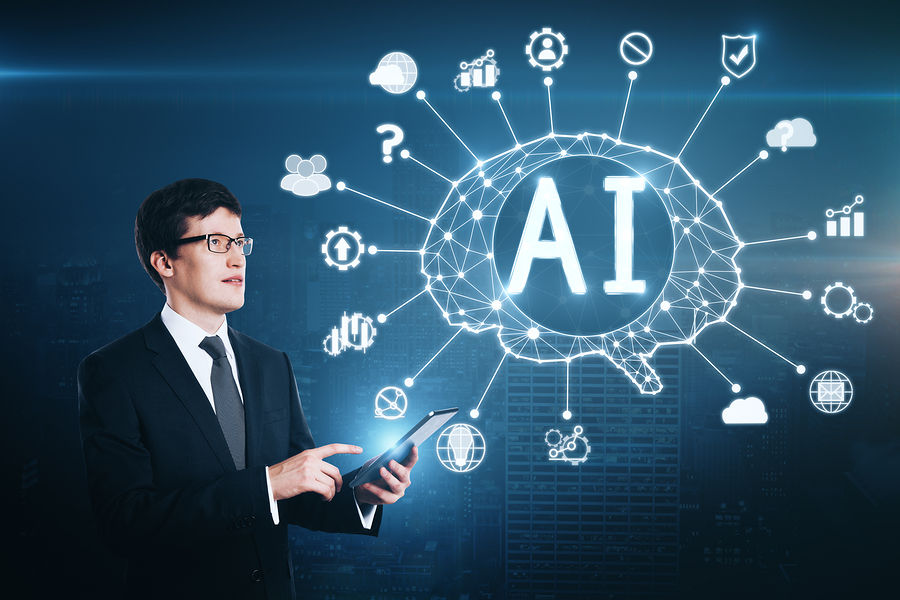Gartner trends reflect the importance of AI in work environments, and in the development of products and services. Also, it forecasts a greater connection between technology and humans.
Image: Bigstock
Gartner forecasts ten strategic technology trends towards 2019, which companies must embrace to innovate, identify opportunities, counteract threats and create competitive advantages.
The IT expert recommends industry leaders to explore artificial intelligence (AI) in work environments and in products and services offered; to discover where AI can automate or increase human activities.
It encourages the development of VR, AR and Mixed Reality platforms to create immersive user experiences. To begin the development of quantum computing, and to increase the effort in cybersecurity and ethical practices.
Gartner strategic technology trends 2019
-
Autonomous things
Autonomous things use AI to automate the functions performed by humans. Some examples are autonomous vehicles, robots or drones. These objects interact naturally with their environment and with people.
-
Augmented analytics
Augmented analytics uses Machine Learning to transform the way in which analytical content is developed, consumed and shared to drive business intelligence.
Its objective is to increase the profile and quality of data, harmonization, modeling, manipulation, metadata development, and cataloging, in addition to reducing the need for specialized skills to generate and manage advanced analytical models.
-
AI-driven development
Explore the evolution of tools, technologies and best practices to integrate AI capabilities in diverse applications.
For Gartner specialists, the market is changing, and data scientists should work together with application developers to create IA solutions in a model in which the developer can operate using simple predefined models.
-
Digital twins
A digital twin is a digital copy of a real object or system. It could significantly improve business decision-making; they could help to understand objects or systems better, improve the operations they perform and add characteristics.
-
Empowered edge
This trend refers to the exponential enrichment of devices, services in the cloud and communication systems with capacities driven by artificial intelligence.
-
Immersive experience
Improve the experience and interaction of humans with the digital world, through VR and AR. Also, boost productivity with remote interaction through Mixed Reality platforms.
-
Blockchain
The objective of this technology is to reduce frictions in transactions between companies, users and technologies. Also, it reduces costs, transaction times and improves cash flows.
-
Smart spaces
Create environments that integrate technologies and trends that improve user experiences. For example, the development of smart cities, digital workspaces or connected factories.
-
Digital ethics and privacy
Due to the large number of security flaws that some AI devices have, for example, fitness trackers -whose platform revealed the location of many US military soldiers-, it is necessary to regulate and study future developments to create safer products and services.
-
Quantum computing
This technology has the potential to perform millions of calculations at the same time. For example, while a traditional computer reads all books in a library in a linear fashion, a quantum computer reads all books simultaneously.
This article from Observatory of the Institute for the Future of Education may be shared under the terms of the license CC BY-NC-SA 4.0 
)
)












)
Observatory IFE
Observatory IFE
Observatory IFE